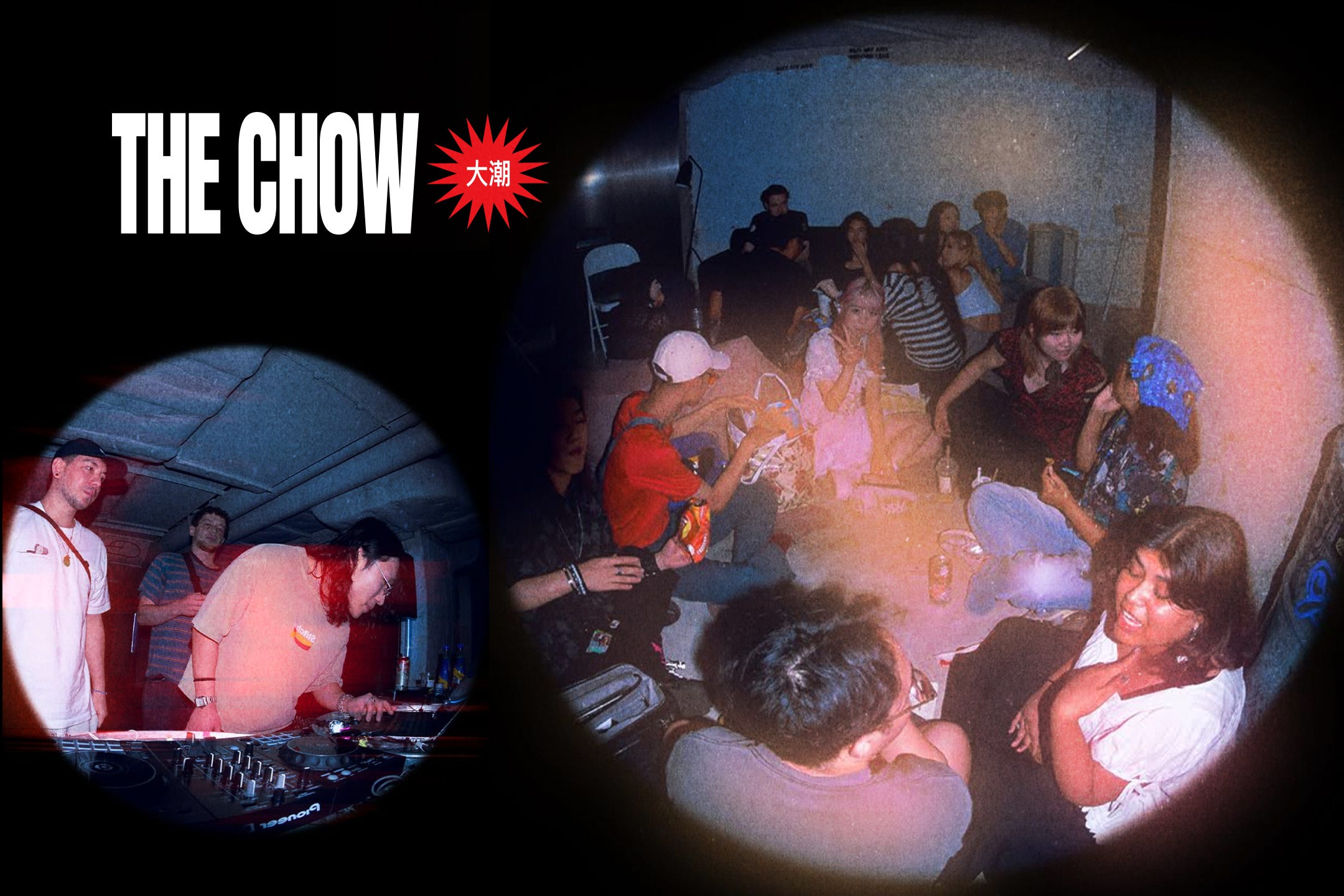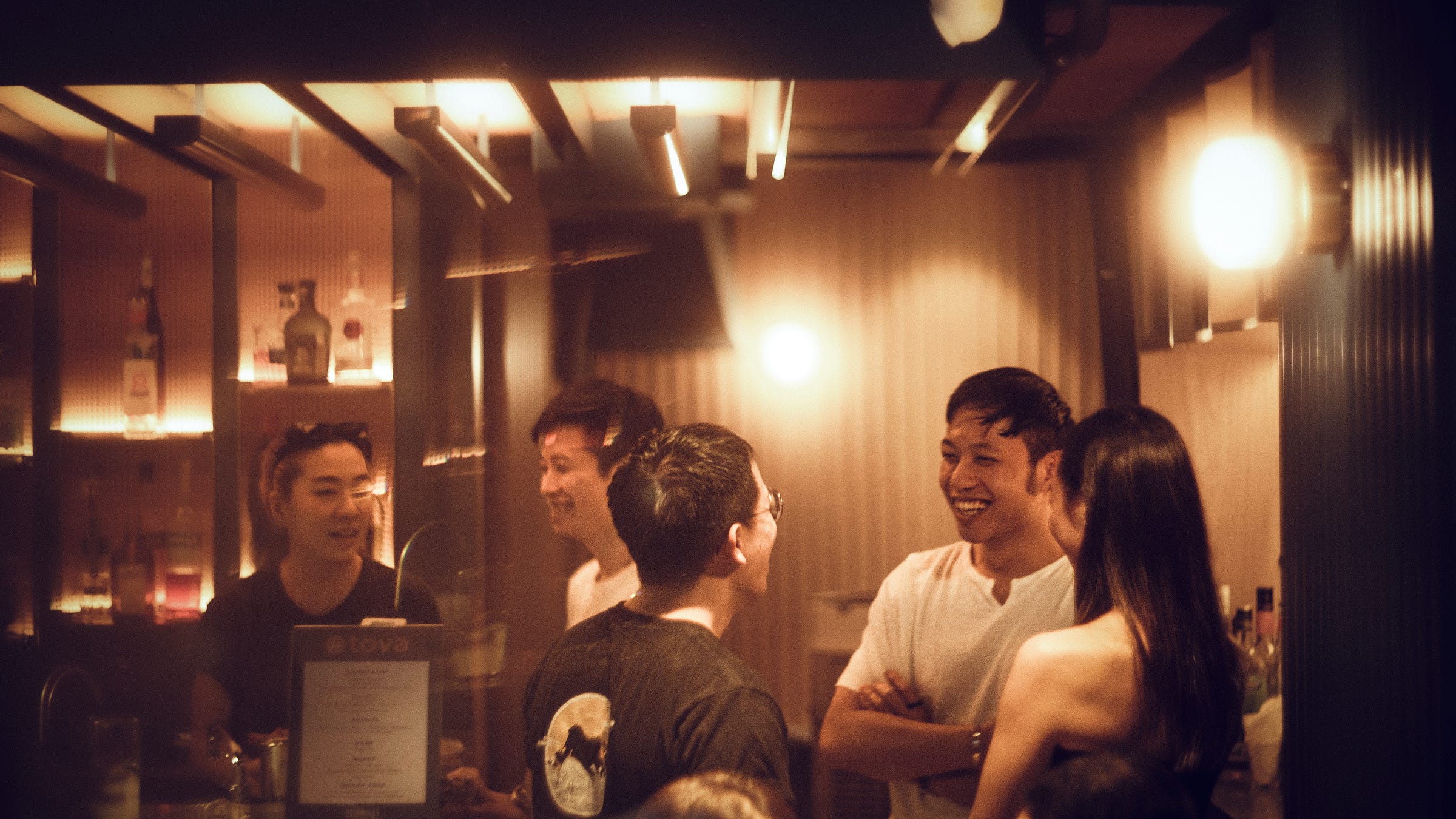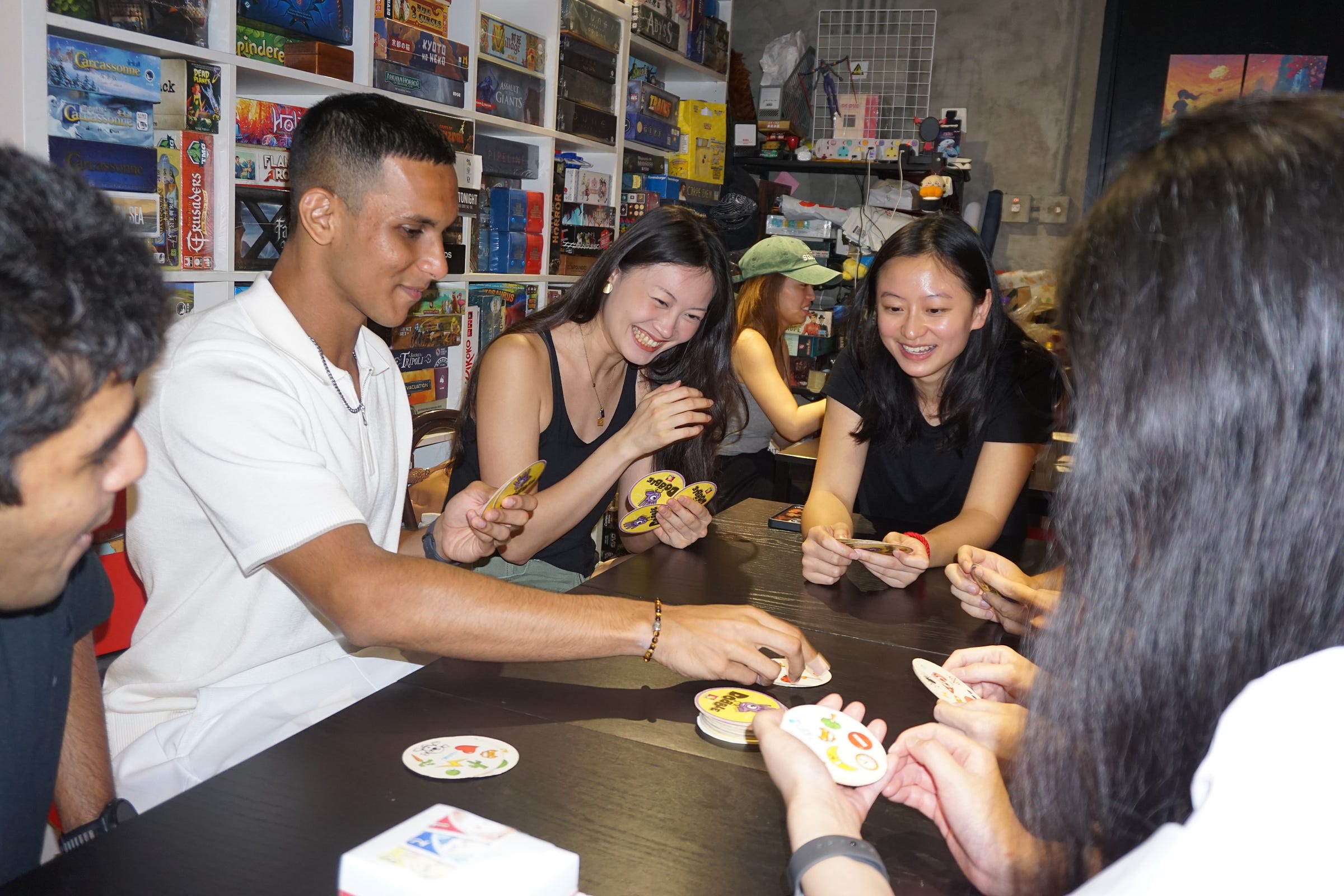The Rise of the Traveling Third Space
Around the world, new communities are decoupling from space and traveling within cities to foster connection.
Haven’t you heard? The people yearn for third spaces. They need parks to hang out, cafes to spend an entire lazy afternoon, and bars to drink cocktails and to meet new people.
Over the last two years, journalists and TikTokers have been parroting an argument like this: so-called “third spaces”—places where people gather outside home and work—are the lifeblood of a happy, healthy society.
Third spaces are how we can find belonging and stop being lonely (Vox). Third spaces are how we find community in a world more atomized post-COVID (The Atlantic). Why is Europe happier than America? Third spaces, at least according to one TikToker: “In Europe, these places are abundant and they serve as vibrant community hubs where people gather and connect with others,” the video reads. Third spaces can include churches, recreation centers, and parks, or bars, gyms, and malls, but the bottom line is this: “[They] help us feel less isolated, restoring connection, giving us a support system, and strengthening our individual identities.”
Ray Oldenburg, who first theorized why third spaces were so important, once wrote, “In cities blessed with their own characteristic form of [third spaces], the stranger feels at home—nay, is at home—whereas in cities without them, even the native does not feel at home.” Oldenburg’s argument is simple, and it might feel especially resonant in a time when loneliness is at an all time high: If we just had more third spaces, people would find community, feel less lonely, belong and be happy.
But many of these arguments ignore the reality about what it really takes to belong. I could, hypothetically, go to a bar and talk to the person next to me or speak to the barista the next time I’m at a cafe. But am I finding community? Am I making a real, genuine connection from a one-off chat or meet cute? I could also, maybe, speak to someone at the gym I frequent, but I’m not seriously tapped into the gym bro subculture for that interaction to start a strong friendship. I go to church on Sundays, but haven’t talked to anyone there because no one at the 11:30AM mass time is my age.
Besides, public space does not guarantee community. Your city might have parks, cafes, and malls, but does that mean you’ll feel like you belong there?
If you live in a developed, urban hub in East Asia (I do), you’d quickly learn that government spending on third spaces doesn’t cure a society from the soul-crushing affect of loneliness. South Korea, for example, spends as much as $14 billion on social infrastructure like public parks, but that hasn’t stopped its capital city, Seoul, from launching a $327 million campaign to fight against loneliness. Cities like Tokyo, Fukuoka, and Osaka are abundant in open green space—each is listed in the world’s “Top Cities for Green Space” in 2025—but Japan is no less atomized: almost 40% of Japan feels lonely.
In Hong Kong, where bars and cafes are plenty, where every district as a mall, and where capital works expenditure is projected to reach HK$119.8 billion (US$15 billion) in 2026, some are expressing a similar feeling: “A lot of people say, I can just go to a bar and then make new connections or find cool people—and then I have my community,” says Athena Au. “But that’s not the case for everyone. There are extroverted people who don’t like going out of their way to strike up conversations with people they don’t know.”
Athena is the Co-Founder and COO of Tova, Hong Kong’s newest members-only social club. They’re nearly a year in operation but already boast a community of around 1000 members. Tova’s also different from a traditional members club like Soho House or Casa Cipriani in the sense that membership doesn’t offer access to a physical location, but instead to something more ephemeral: community-exclusive events scattered around the city, sub-communities within Tova’s network focused on interests and hobbies, and access to what Athena calls “Tova Spaces”—a collection of venues in Hong Kong affiliated with the Tova brand (particularly cafes, bars, and restaurants) where members can avail discounts and freebies and just… hang out.
“[Soho House events] are fun. But it’s not the best way to make new connections or feel like you are part of something bigger. It’s missing that social layer,” Athena says. The difference is that Tova is a community first, where the goal is to foster belonging. “You don’t say you’re part of Soho House, you say you go to Soho House. For us, people say they’re part of Tova.
Athena is among several young people creating what I call “traveling third spaces”: new communities that are people-first, space-second. Traveling third spaces are not physically fixed; they move across cafes, malls, restaurants, and host various programming for a singular community in a particular city. And they exist around the world—in London, a community of the name One House Social Club brings people together in “London’s Best Spots”; in New York, a traveling dinner series called (get this) 3rd Space gathers creatives and entrepreneurs for three-course meals around the city.
The traveling third space recognizes that public spaces are not a guarantor of belonging, they are merely a base upon which people form connections and bond over shared interests.
Ivana Duong, a graphic designer, is engaging in similar work. She’s the creative producer of Critical Mass, a collective/community with regular, twice-monthly meet-ups for creatives in Hong Kong.
“Once you graduate college and settle more into having a more adult lifestyle, it’s harder to find community,” Ivana says. “With Critical Mass, we niched down particularly to artists and creatives because that’s what the team’s familiar with.”
Critical Mass’ recurring meetup (named “House Party) is held at Heath Mall every other Wednesday. The draw, Ivana says, is just for a “low stakes hangout.” Spontaneity is a key part of their programming: people can intersperse in and out at any given time and hang out. It’s also completely free. The collective regularly hosts workshops around zine-making, tattoo design, and logos-making on Figma—activities which continue to attract people with a creative sensibility. (Full disclosure: I’m actively involved in Critical Mass’ programming, and can attest to this first-hand).
Having a group of creative people in one place “sets a theme” and so “allows for a certain audience to gather” in a way that just going to the park or a cafe might not. At a Critical Mass House Party, you already have common ground with people, as opposed to just, say, approaching someone at a bar. “It establishes beyond the basic need of a place to relax [after work],” says Ivana. “Like, oh, creatives are here!”
Regular programming is often in one location, but as a “traveling third space,” the community isn’t constricted by it: recent iterations of Critical Mass events have taken place at local cafe Rootdown and at the historic landmark Murray House.
“ We’re not tied to a space because our message [of bringing creatives together] extends beyond a location. And we do believe in working together with other organizations that are like-minded,” says Ivana. “In different locations, we can bring our value-oriented community to new people, and new audiences.”
“It’s a community first. Space is always second,” Ivana adds. “We very much call ourselves ‘a space,’ but to us ‘space’ is a really broad term that covers the people more than the physical location.”
Besides, Hong Kong might boast high spending on public infrastructure, but as one of the most dense cities in the world, public space per capita is significantly less than neighboring Tokyo, Seoul, Shanghai and Singapore. A guaranteed space to hangout can still be hard to come by: Athena says, “Truthfully, Hong Kong is a very expensive place. Rent is the number one killer. With the expenses that come with a physical space, that doesn’t make sense [for us] as a lean startup.”
Ivana seems to agree: “Because Critical Mass operates very grassroots, [if we had our own space] there’d be a lot of overhead costs that we couldn’t cover without the help of sponsorships.”
A traveling third space might be an adaptation against a dense city, where space is scarce and contested. But it might also reflect the shortsightedness in the all-too-common assumption that third spaces guarantee belonging, community, and a happy society.
When did bars, malls, and gyms ever guarantee community, anyway? Shared values and interests don’t just sprout from the concrete floor in a public park, and neither are they nourished from the alcohol in a cocktail. Community and belonging require the real, often laborious human work of finding like-minded people, leaning into what you have in common, and seeing one another regularly.
Besides, as both Ivana and Athena would argue, being a traveling third space—a community not fixed by location—offers its own set of advantages. “Why restrict people to one space when there’s so many incredible venues out there across the city?” says Athena. “The advantage of being a decentralized private members club is that it’s limitless.”







Really enjoyed the topic and examples you mentioned, Patrick! HK sounds like such a fascinating petri dish for new communities. Would be interesting to do a comparative study between HK vs London vs New York vs other big cities!
Thank you for clarifying that third places are more social than they are physical. A park or bar in itself does not constitute a third place without a community; it becomes a third place by nature of the social environment that people make.
The one critique of these social clubs that I'm still wrestling with is that by being member-based, they're (monetarily) exclusive. That said, any third place community is "exclusive" or at least curated by nature of their location (a bar) or activity (tai chi).